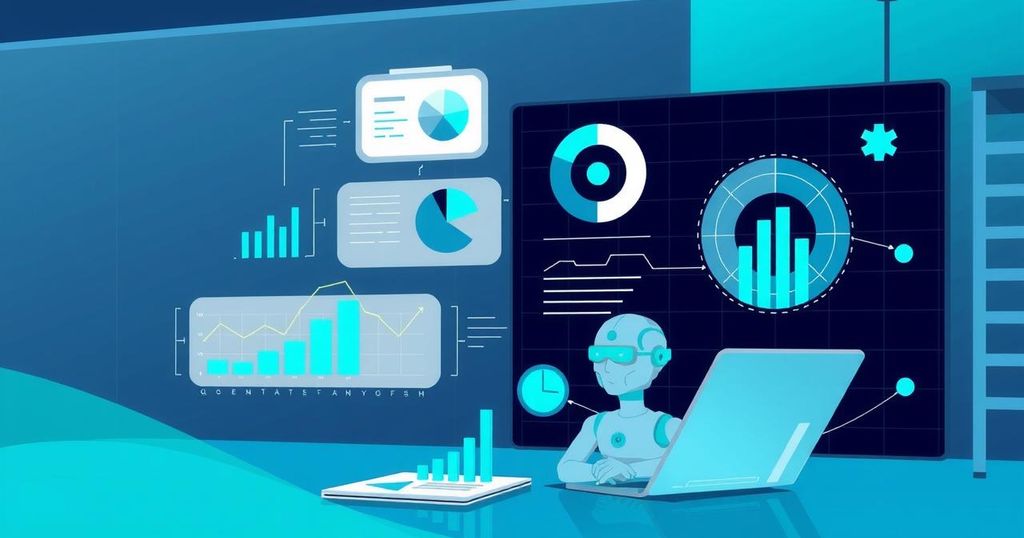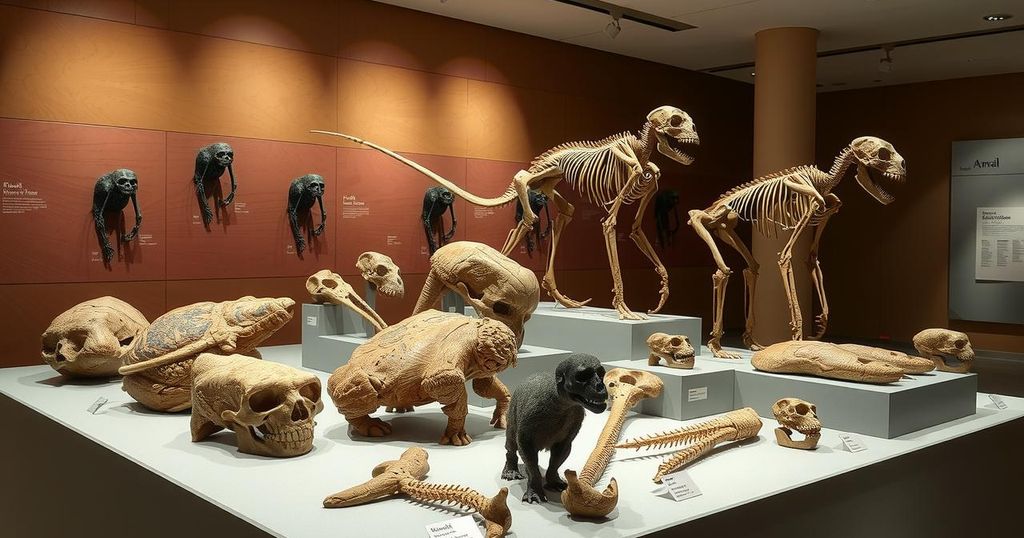Causal AI: The Game Changer for Smarter Business Decisions
Causal AI is becoming essential for businesses navigating the AI landscape. Major companies like Amazon and Netflix are hiring experts to improve decision-making. Causal AI stands out from traditional AI as it evaluates the cause-and-effect of actions rather than just predictions, making it crucial for optimizing investments and enhancing strategies. Understanding this divide could lead businesses to better resource allocation and unlock significant growth opportunities.
The world took a sharp turn when ChatGPT was released in November 2022, shaking up the business realm like a sudden thunderstorm. But here’s the catch—while this traditional AI gives us insight into the ‘how’, it leaves us scratching our heads about the ‘why’. That’s where causal AI steps in. Major players like Amazon, Meta, and Netflix are scrambling to hire experts in this new field, hoping to uncover deeper insights into their operations. So, what exactly is causal AI?
Causal AI offers a more reliable and interpretable framework for decision-making. It serves up precise answers, making it crucial for measuring an AI investment’s return on investment (ROI). In a world where every decision can lead to either profit or loss, accuracy becomes a paramount goal. “It’s not someone going on a hunch… Everything is rigorously tested,” said Julie Novak, who previously crunched numbers at Netflix. Rigorous testing is the name of the game in ensuring sound investment strategies.
Let’s dig a little deeper and unpack the differences between traditional and causal AI. Traditional AI shines in predictive modeling. You might glimpse a park full of people wearing shorts and sunglasses, leading to the reasonable guess of warm weather. But here’s the kicker: what people choose to wear doesn’t cause the sun to shine. This distinction is key. There’s a range of situations where predictive analysis falls short—it pinpoints correlations but neglects the underlying causes surrounding them.
As Matheus Facure, a data scientist and author, puts it, “In most situations, businesses don’t care purely about prediction.” What they need are decisions that boost customer numbers, skyrocket profits, and trim costs, not just guesses based on correlations. This is where causal AI comes into play, blending AI with the science of causal inference.
A prime example of causal analysis at work is A/B testing—a method where different versions of a product or ad are tested on target groups, with metrics guiding which version holds the most promise. Causal inference digs deeper, exploring how one variable impacts another. Imagine you are ramping up ad spending for football jerseys during major tournaments. A casual glance might show that sales are on the rise, but it could be the hype of the tournament, not your new marketing push, driving those numbers. This misstep is where traditional machine learning falls short—it starts to lead you astray.
The conversation doesn’t end with distinguishing the two types of analysis. Causal AI incorporates predictive inference to refine decision-making. Dima Goldenberg from Booking.com highlights this well, explaining that by understanding predictive insights, businesses can gauge how effective recommendations are on actual sales. It’s not just about knowing who might buy, but also about figuring out how recommendations impact their purchasing decisions.
Even if companies like Ubisoft often keep their successes to themselves, snippets of progress seep through. Ubisoft revamped its “buy now” page for For Honor after careful data collection and A/B testing. The results? Conversions skyrocketed, from 38% to an impressive 50%—proof that informed changes can yield significant outcomes.
The harmony between predictive and causal AI is a dance more than a struggle. Predictive models sift out significant background factors influencing intervention uptake. Following this, causal analyses come into play, balancing experimental groups to glean insights into effectiveness. This collaboration helps businesses make reliable conclusions, leading to smarter, grounded decisions.
One fascinating aspect of causal AI is the “causal forest” concept, where experimenting reveals not just an average effect but variations across different demographics. Businesses can see how distinct groups respond to marketing strategies. Maybe the younger audience jumps on a new campaign while older consumers remain indifferent. Leveraging this information can ultimately personalize decisions and fine-tune strategies without alienating any subgroups.
In various tests, a company may learn that a personalized recommendation boosts holiday spending by 12%. However, understanding who it benefits most requires digging deeper into user characteristics, like age or income, to tailor their marketing even more effectively.
Business leaders need to wake up to the importance of these insights. Recognizing the differences between predictive and causal inference isn’t just helpful—it’s crucial for advancing operations. The capability to glean causation means making wiser decisions and ensuring resources get allocated to where they can make the most impact.
Ultimately, it’s clear that incorporating causal methods could help businesses sidestep costly pitfalls. The future demands not just smart decisions, but a culture that cherishes understanding cause and effect to unlock real growth and innovation amidst the noise of deepfakes, bias, and whatnot. As AI changes the game across industries, having the right tools and expertise on deck might be just what it takes to ride the wave of progress successfully.
Causal AI is emerging as a powerful tool for businesses looking to enhance decision-making through understanding cause and effect. As companies like Amazon and Netflix invest in these capabilities, the importance of knowing the difference between predictive and causal inference is undeniable. By adopting causal methods and investing in the right talent, businesses can not only improve their operational effectiveness but also unlock new growth opportunities. It’s clear that a strategic approach to AI could mark the difference between leading the pack or falling behind in today’s competitive landscape.
Original Source: www.imd.org




Post Comment